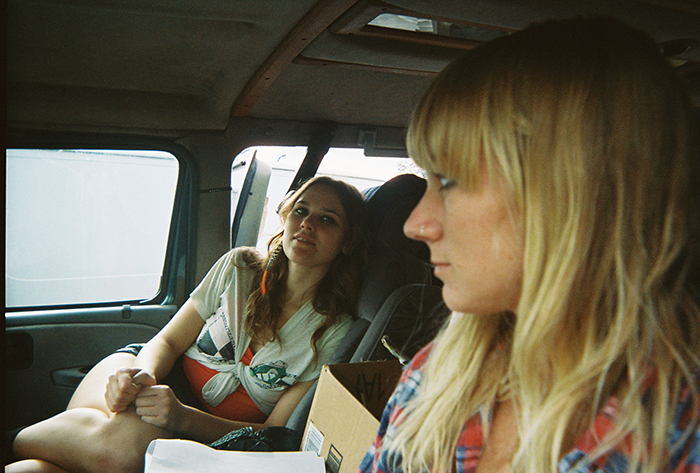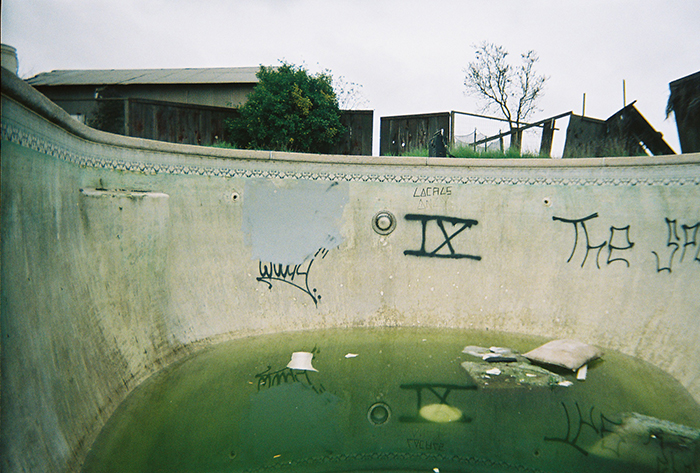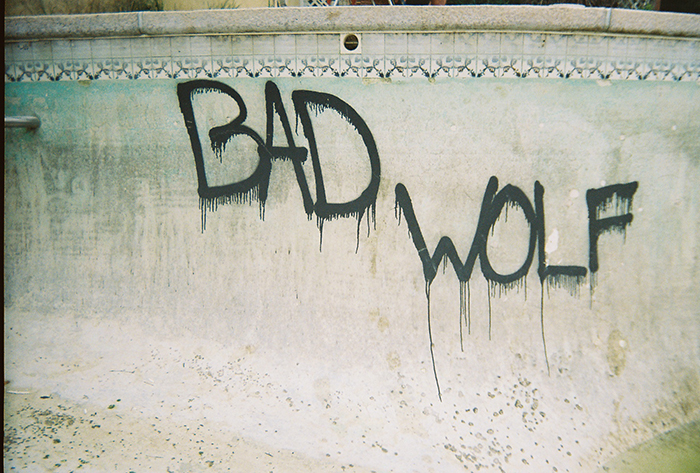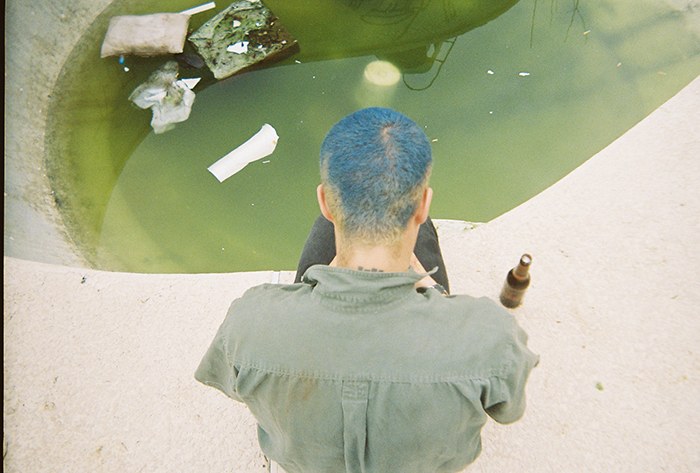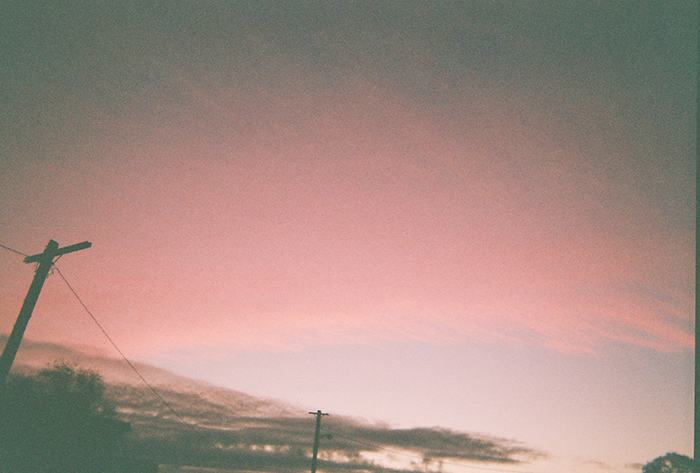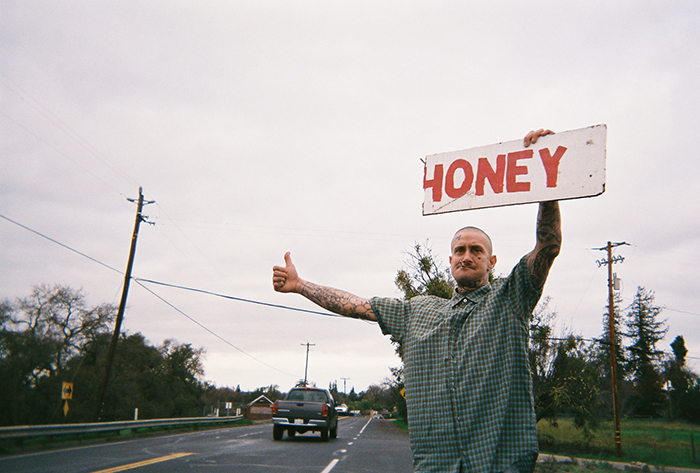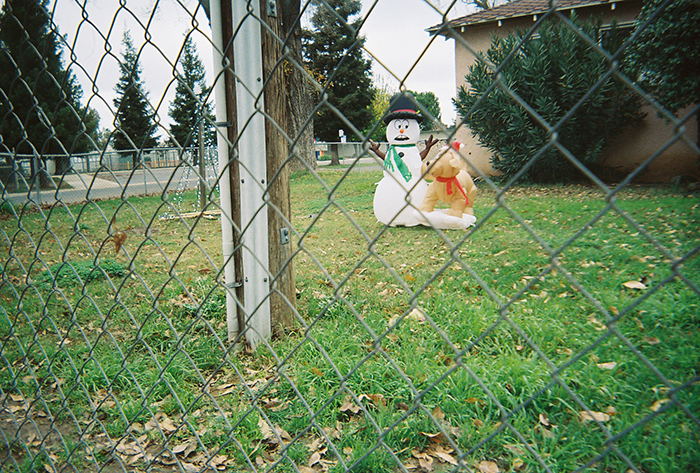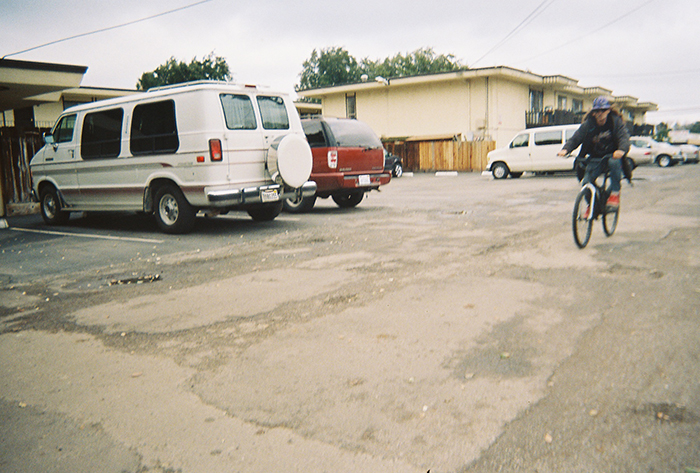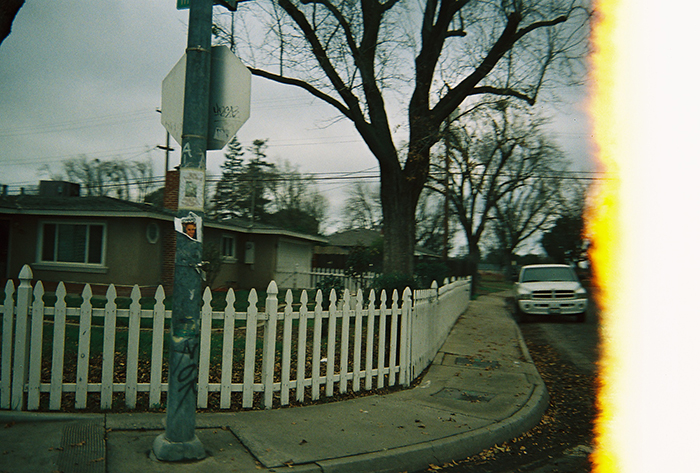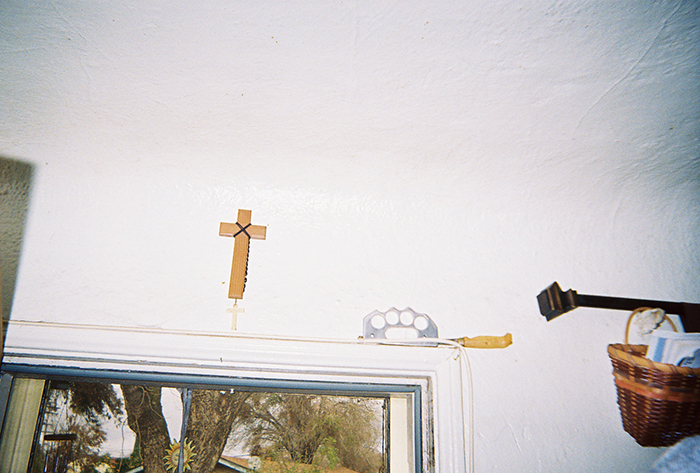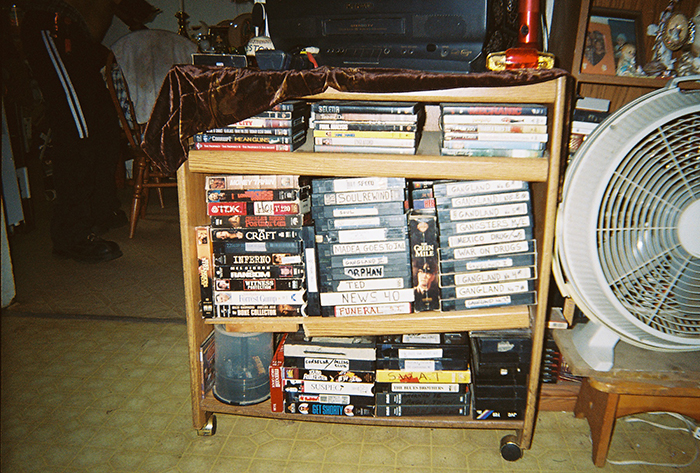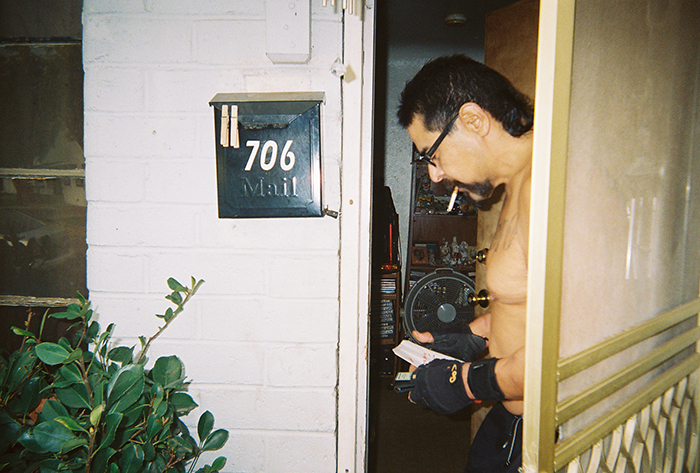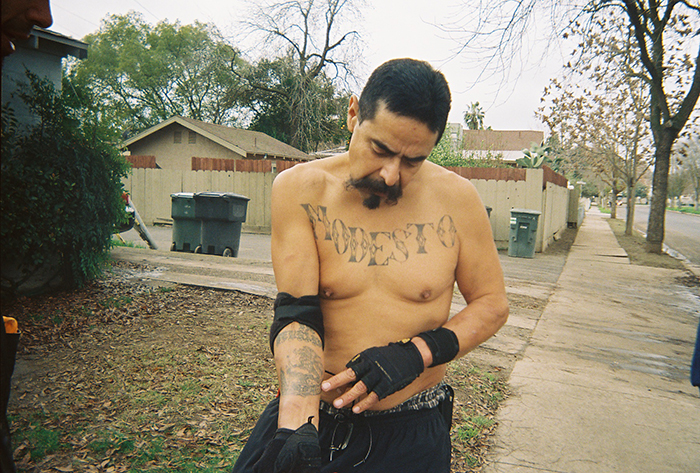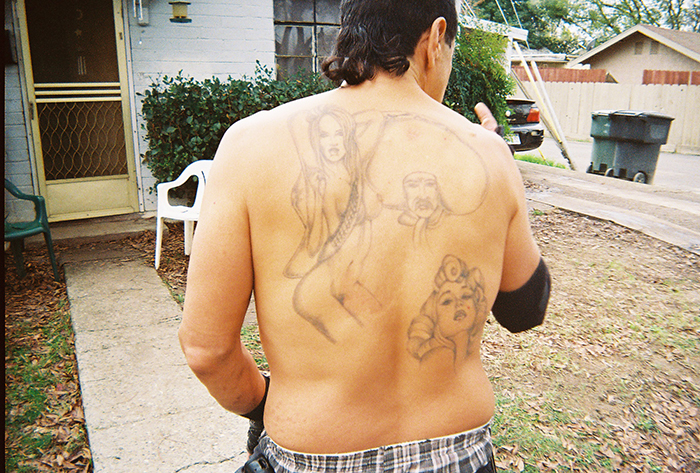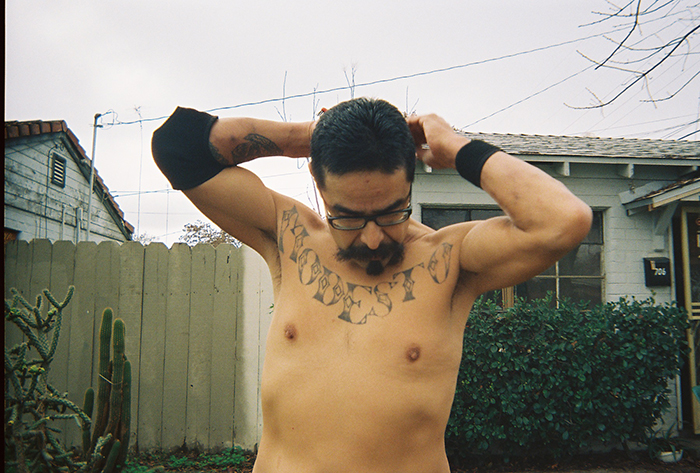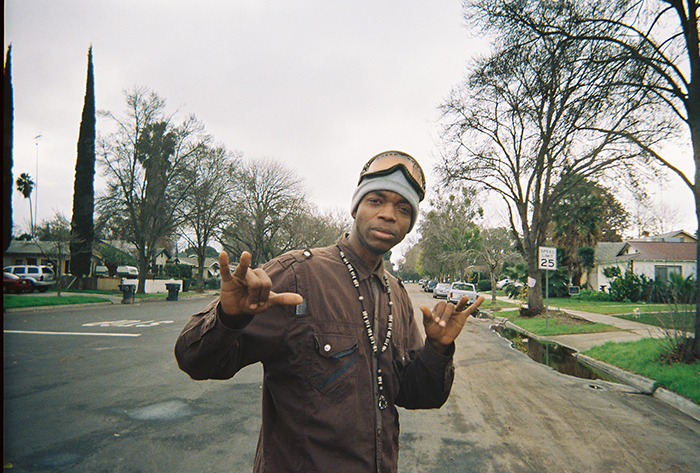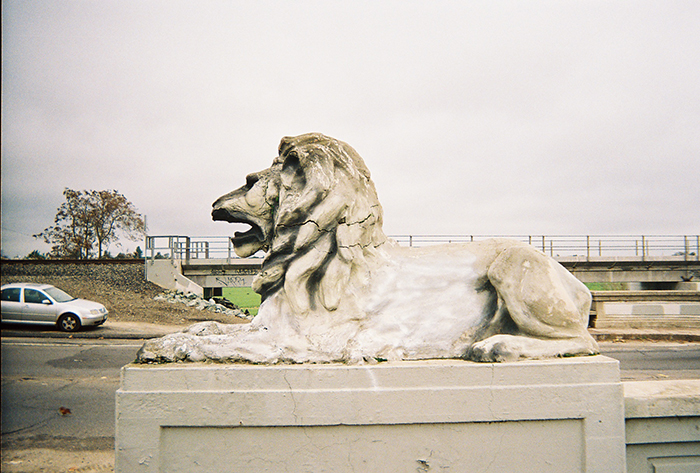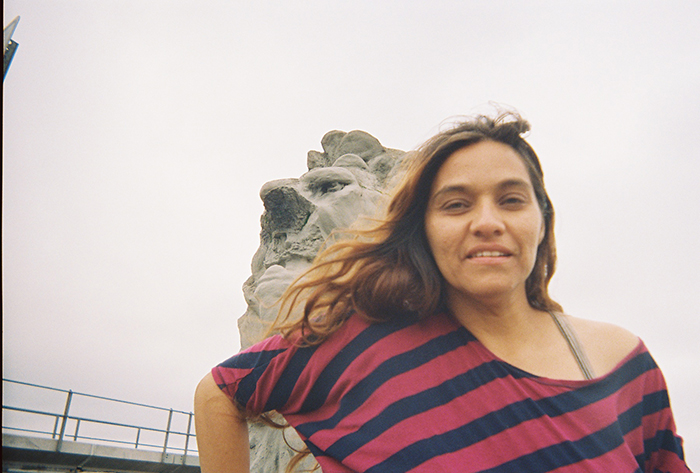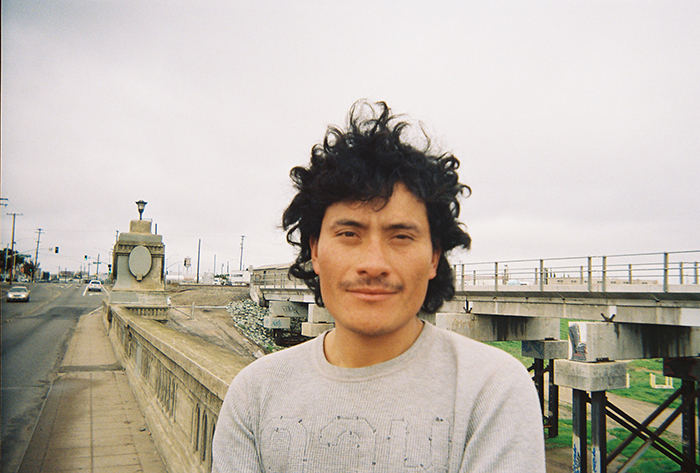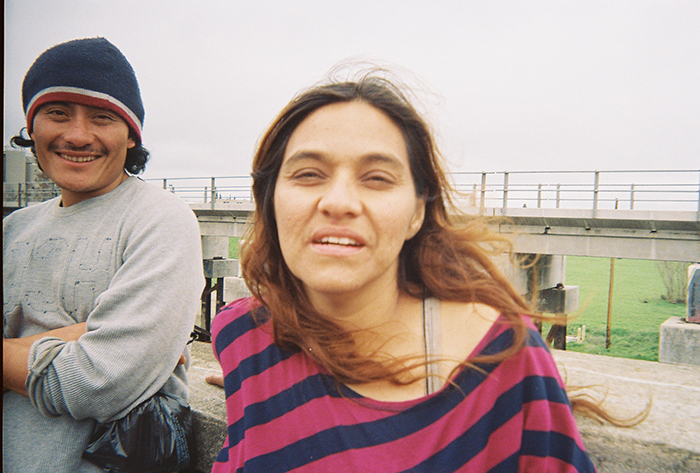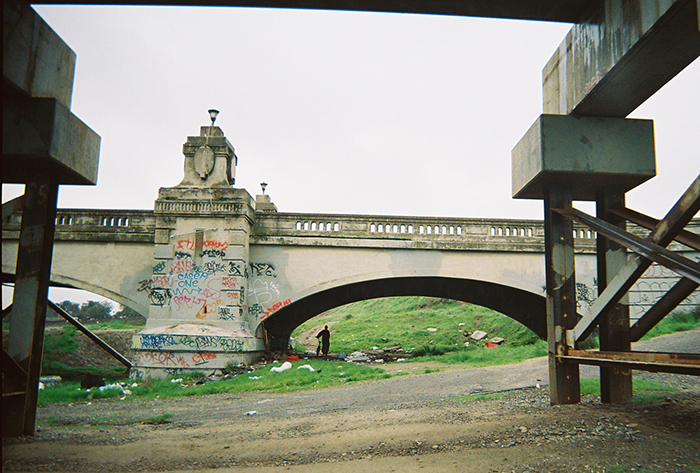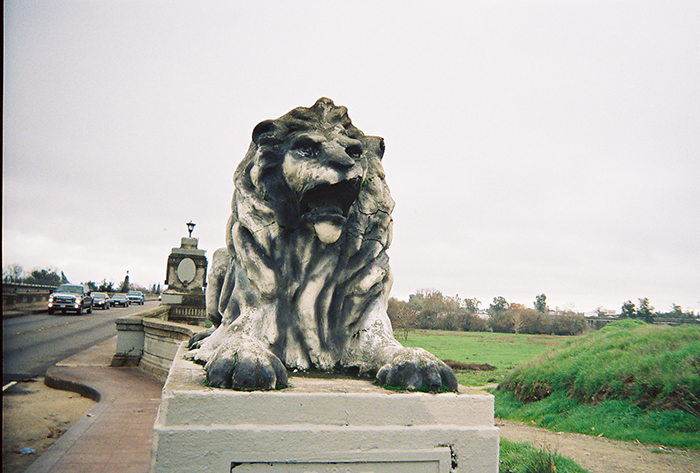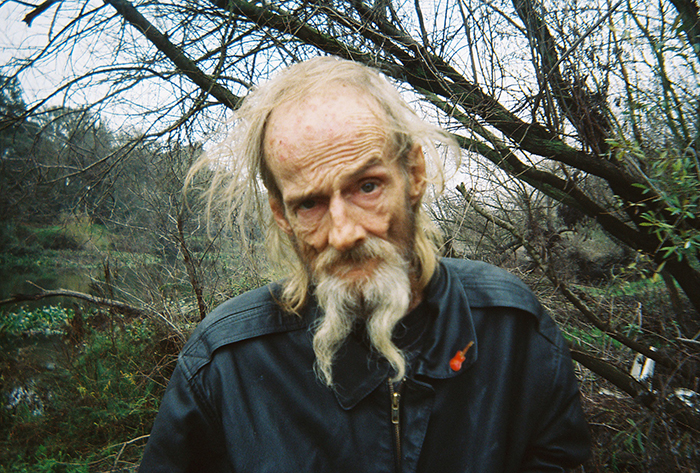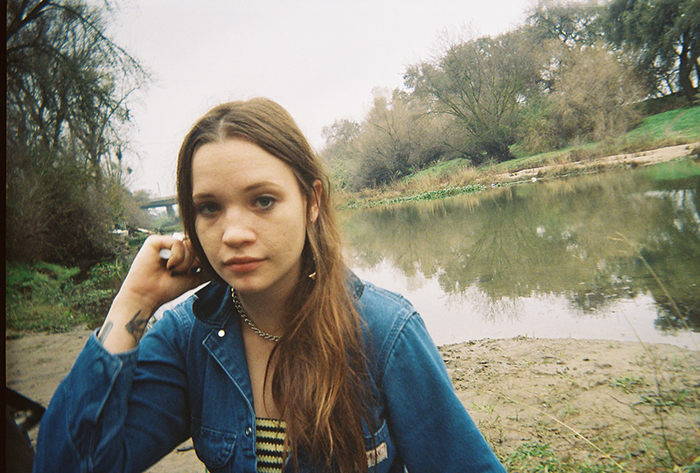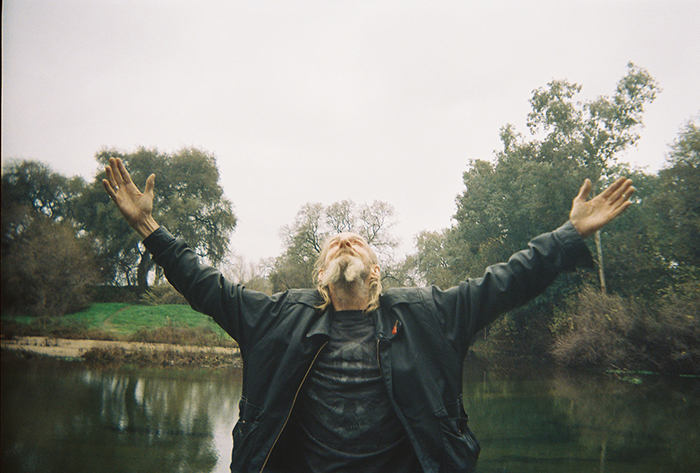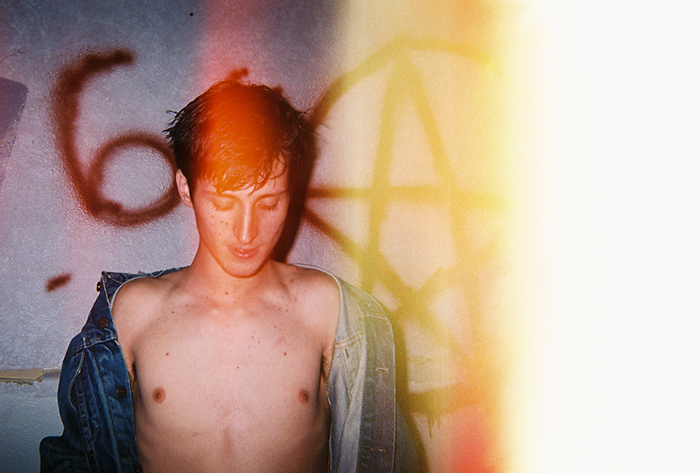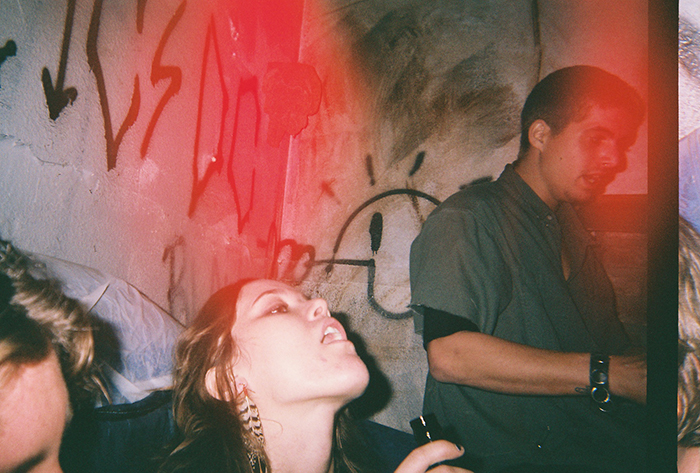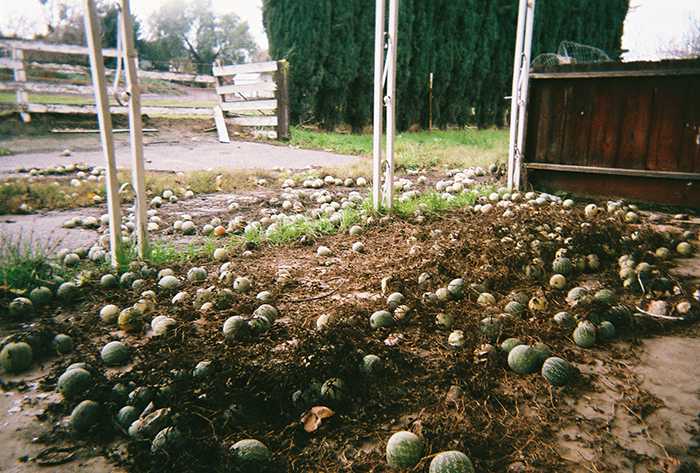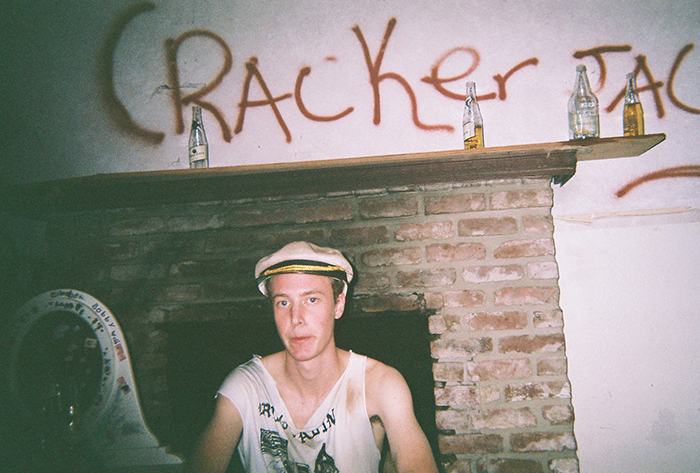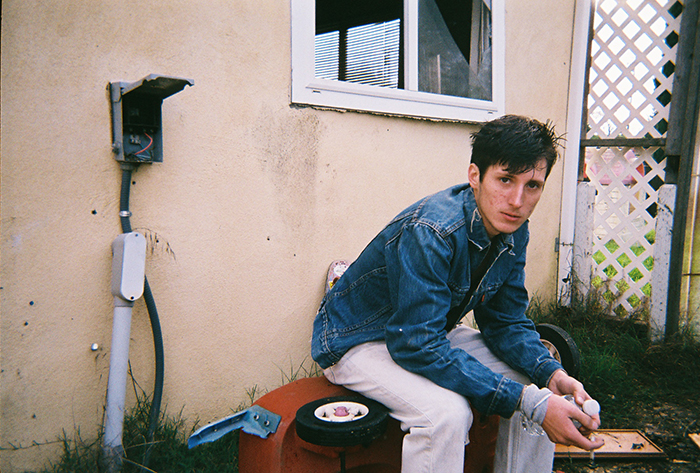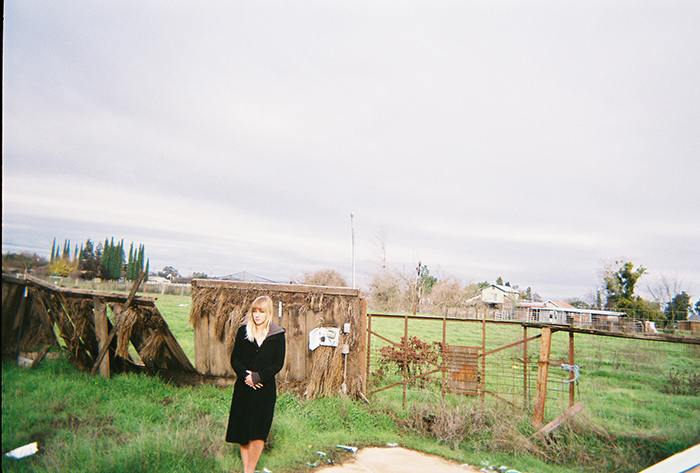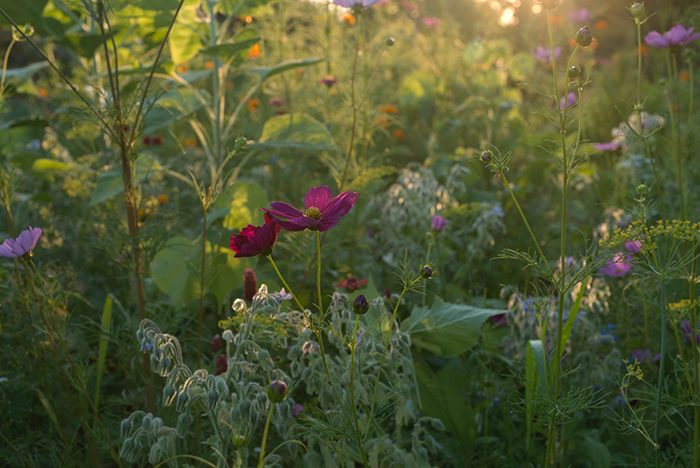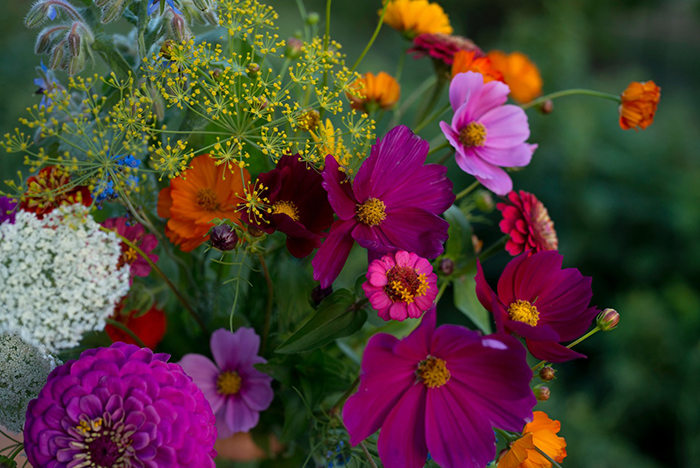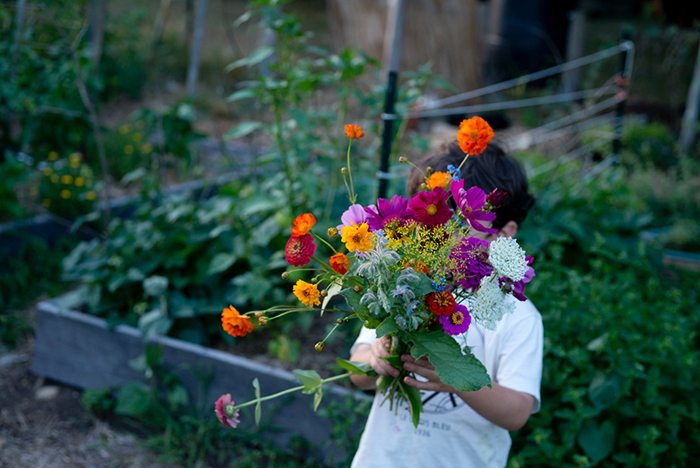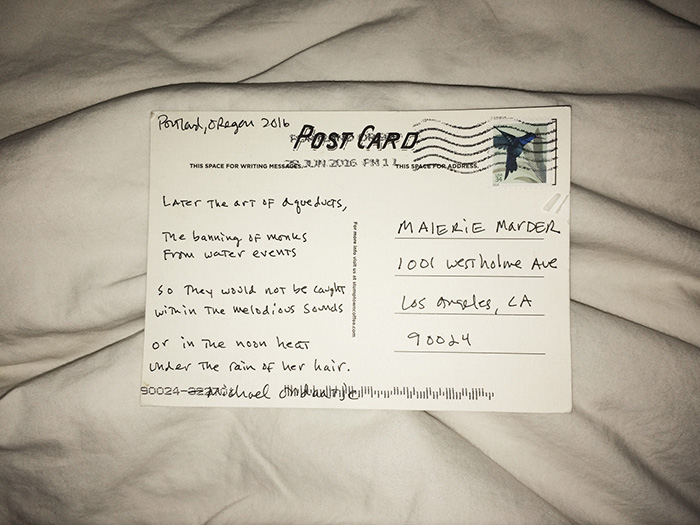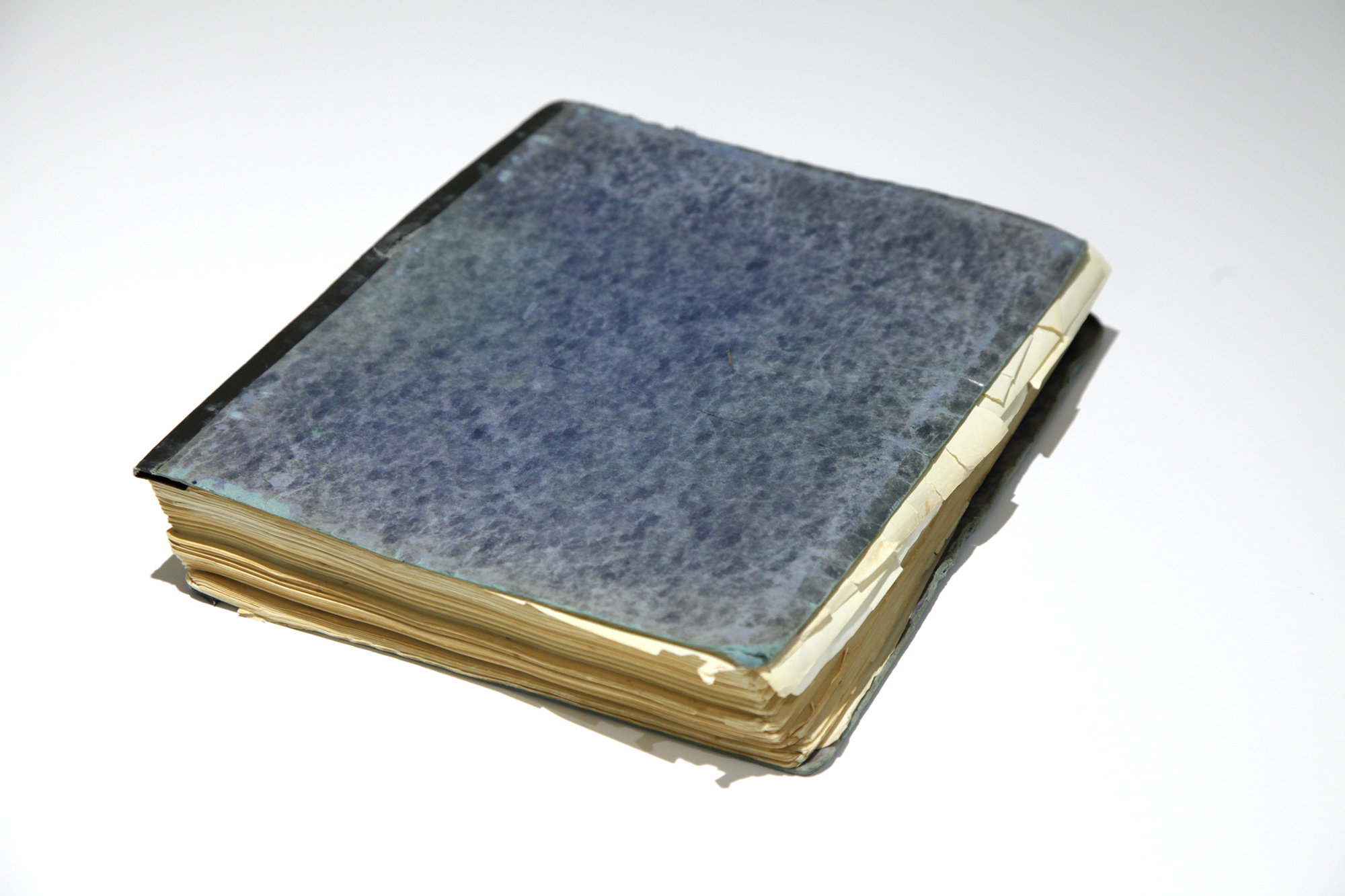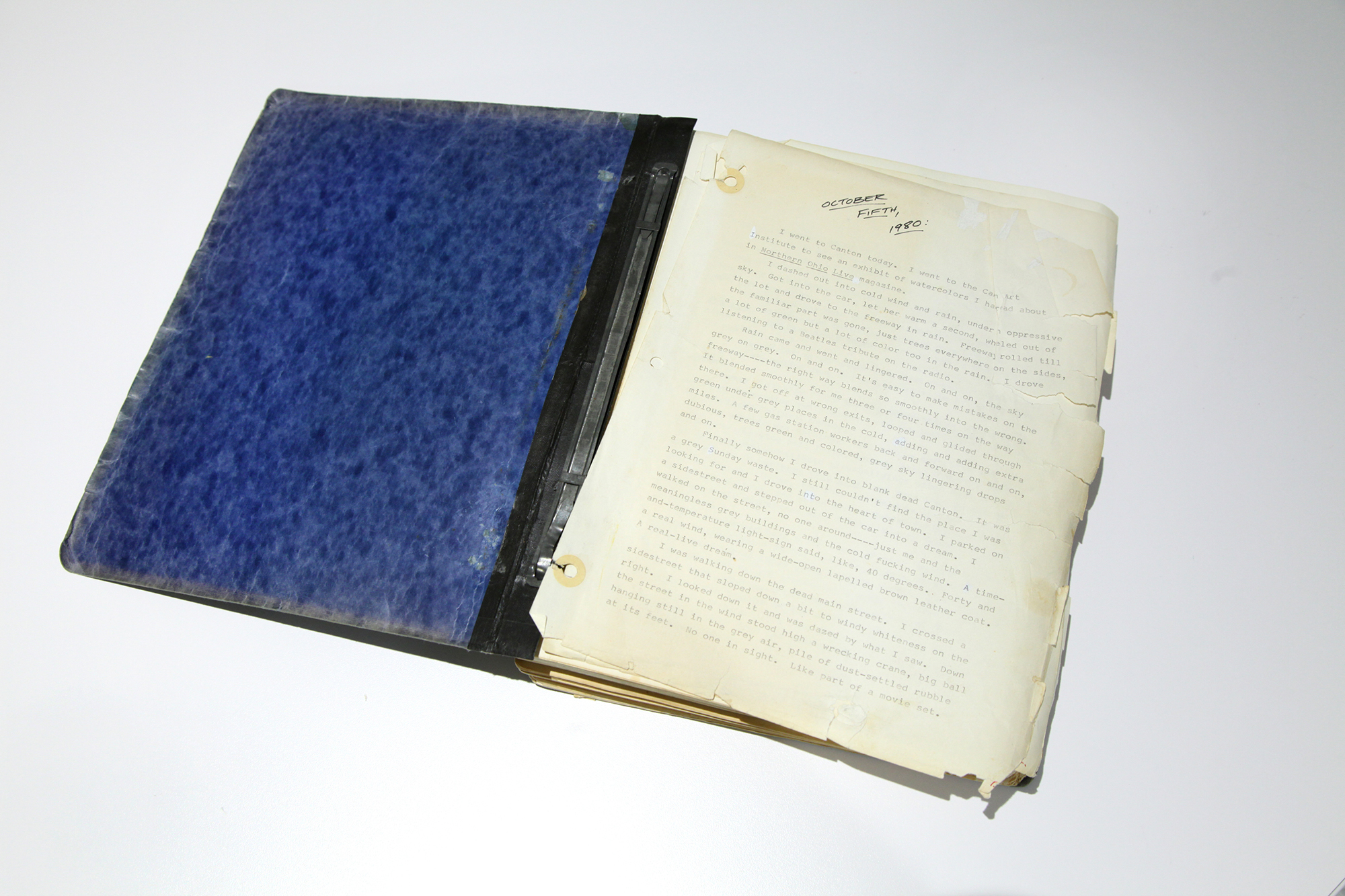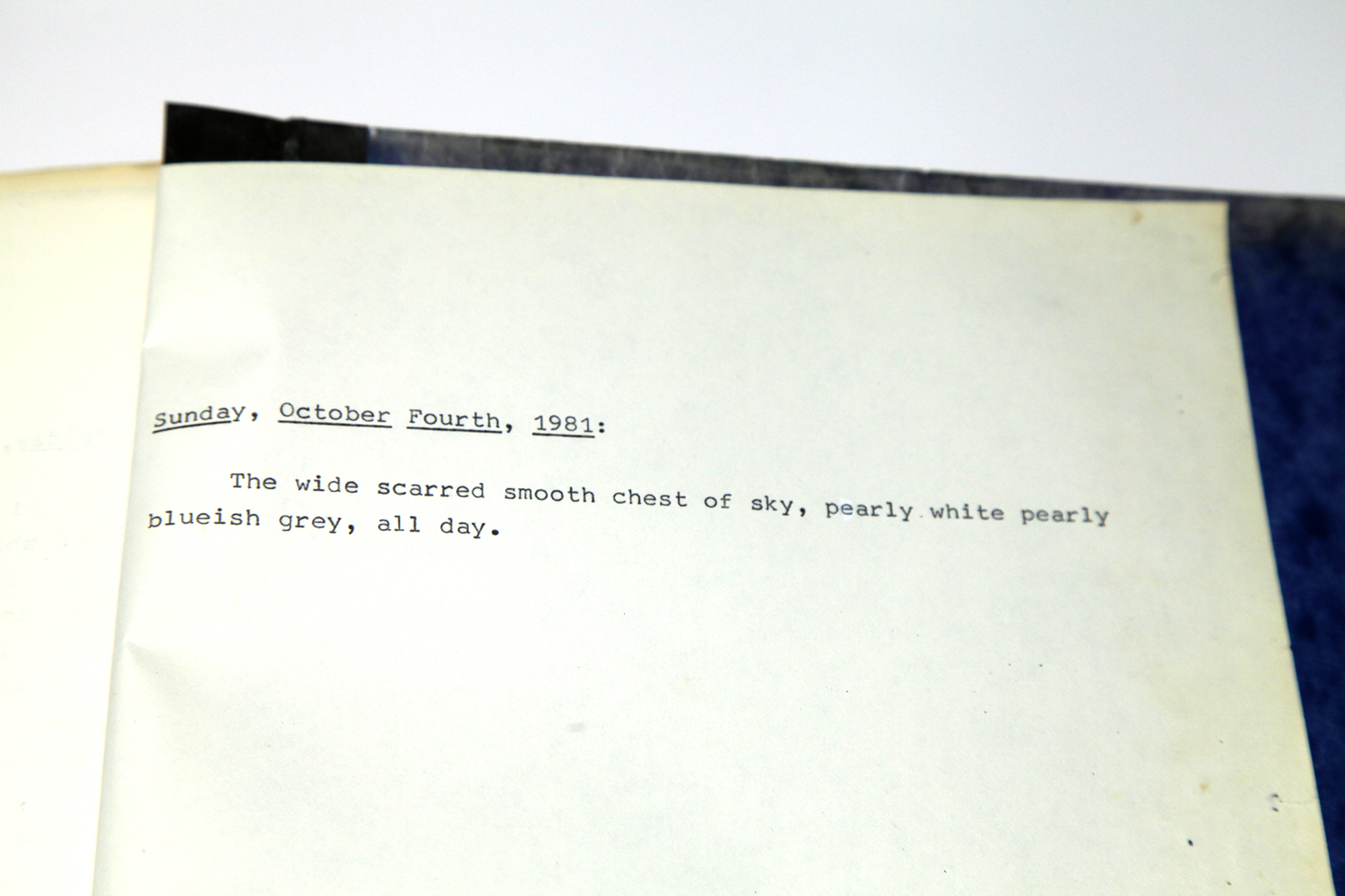TOM MCCARTHY
Saturday, September 10th, 2016— A proposition: that the most beautiful and emblematic images of our era come to us in the form of transmitted sporting events, frozen and distorted while being streamed over badly-connected laptops. This goes beyond the aesthetic of the glitch, or the history of the found image: the moment the screen jars and goes all wonky imposes an entire ontology; it seizes hold of us and wrenches us out of the imagined ‘natural’ or continuous order we thought we were inhabiting (here’s an event on grass; I’m watching it; no problems), plunging us instead into the realm of inexorable mediation. For the next ten seconds, or five minutes, or half-hour, as we scream at our screens and curse the broadcaster or internet provider or illegal streaming service or fibre-optic cable-installer whom we hold to be responsible for our plight, our very existence can only be experienced as a being-in-relay, a being-in-suspension, being-anxious, being-towards-technology, towards-the-law and, of course, towards-death. It’s a man-behind-the-curtain, blue-pill moment – all the more so since it reveals to us, with implacable assurance, that the first, ‘uncorrupted’ stream was in fact the construction or illusion: this is the accurate picture. Reality, in its far-flung entirety, is not the distant little game. It’s this: this vast, networked in-betweenness; this unmanageable surplus that is also deficit; this excruciating, almost unbearably intoxicating cocktail of too-much- and not-enoughness. Once we’ve drunk it, nothing will ever be the same again.
And why would we want it to be? Look at this snapshot of my MacBook during Wimbledon 2014.
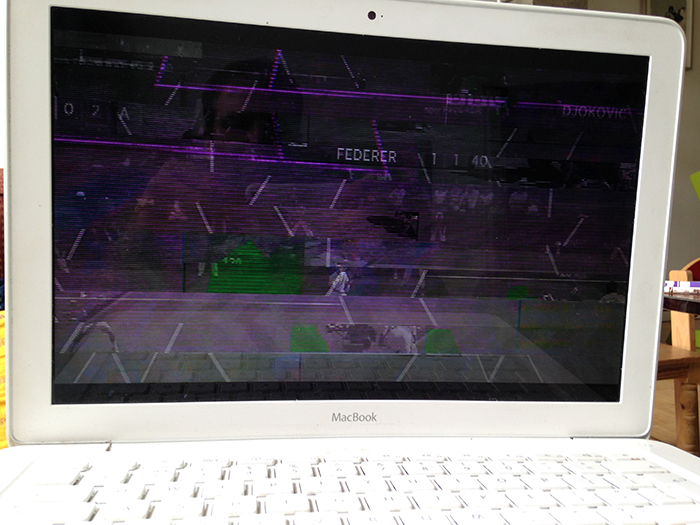
With its insistent geometry of lines and vectors, broken only in order to be repeated; its dispersal of the human figures throughout space (Federer and Djokovic are genuinely ‘covering the court’); the refusal of its pixels to refresh (that is, erase their former contents) that ensures the persistence of one instant through the next one, and the next, making the image haunted, overtaken by the unshed ghosts of its own past; the reflection of the viewer (me) and his dual technologies of watching and recording (iPhone, laptop) in the screen, right down to the eye-shades, new screens that re-embed the screen that embeds them, so on ad infinitum… Forget the tedious narratives, endlessly proliferated by sport’s official media, that vainly attempt to place the ‘psychology’ of the individual player at the centre of the sporting experience. This multinodal ecstasy of relay, this communal technopsychosis, this mediomnesia, is what tennis, or any other sport, is really about. It’s why we watch it; why it matters; why it’s true.
Or this one, from a 2012 Spain-Croatia World Cup match.
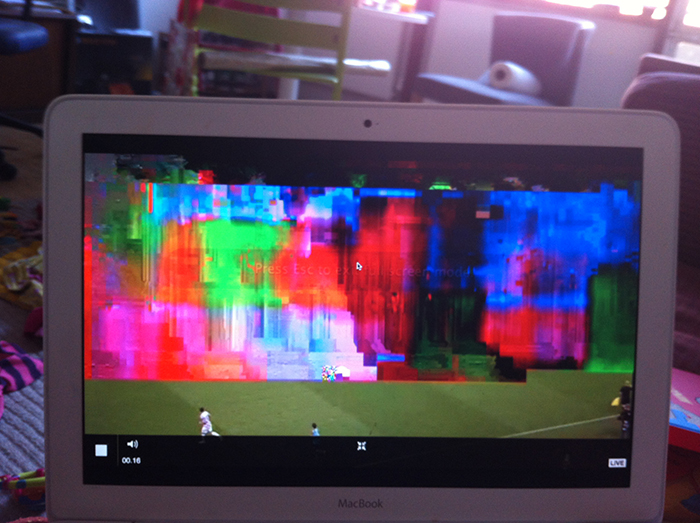
Here, the screen is breaking space down into zones, flows and coagulations, sequences of colour, movement, energy. In other words, it’s doing the players’ work – but doing it much better. I love the way the artefacted section hovers above the humans, pressing down: it’s like a spaceship bearing a higher, more developed species – or perhaps the planet’s first, most native one, returning from a centuries-long sojourn across distances it has traversed as quick as light, or signals – coming in to land.
—
Tom McCarthy is a writer and artist whose work has been translated into more than twenty languages. His first novel, REMAINDER, which deals with questions of trauma and repetition, won the 2008 Believer Book Award and was recently adapted for the cinema. His third, C, which explores the relationship between melancholia and technological media, was shortlisted for the 2010 Booker Prize, as was his fourth, SATIN ISLAND, in 2015. McCarthy is also author of the 2006 non-fiction book TINTIN AND THE SECRET OF LITERATURE, an exploration of the themes and patterns of Hergé’s comic books; of the novel MEN IN SPACE, set in a Central Europe rapidly disintegrating after the collapse of communism; and of numerous essays that have appeared in publications such as The New York Times, The London Review of Books, Harper’s and Artforum. In 2010 he wrote the screenplay for Johan Grimonprez’s multiple award-winning film DOUBLE TAKE. In addition, he is founder and General Secretary of the International Necronautical Society (INS), a semi-fictitious avant-garde network of writers, philosophers and artists whose work has been exhibited internationally at venues including the Palais de Tokyo Paris, Tate Britain and Moderna Museet Stockholm. In 2013 he was awarded the inaugural Windham Campbell Prize for Fiction by Yale University.

